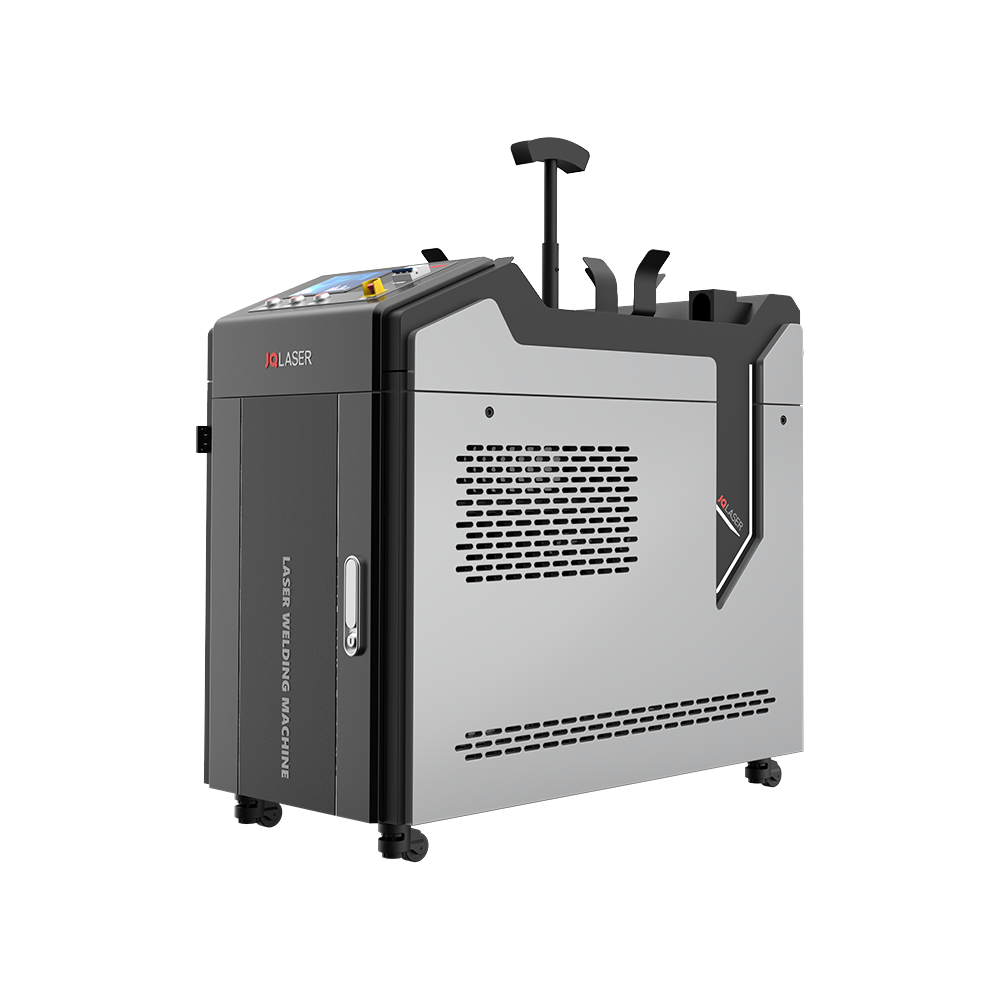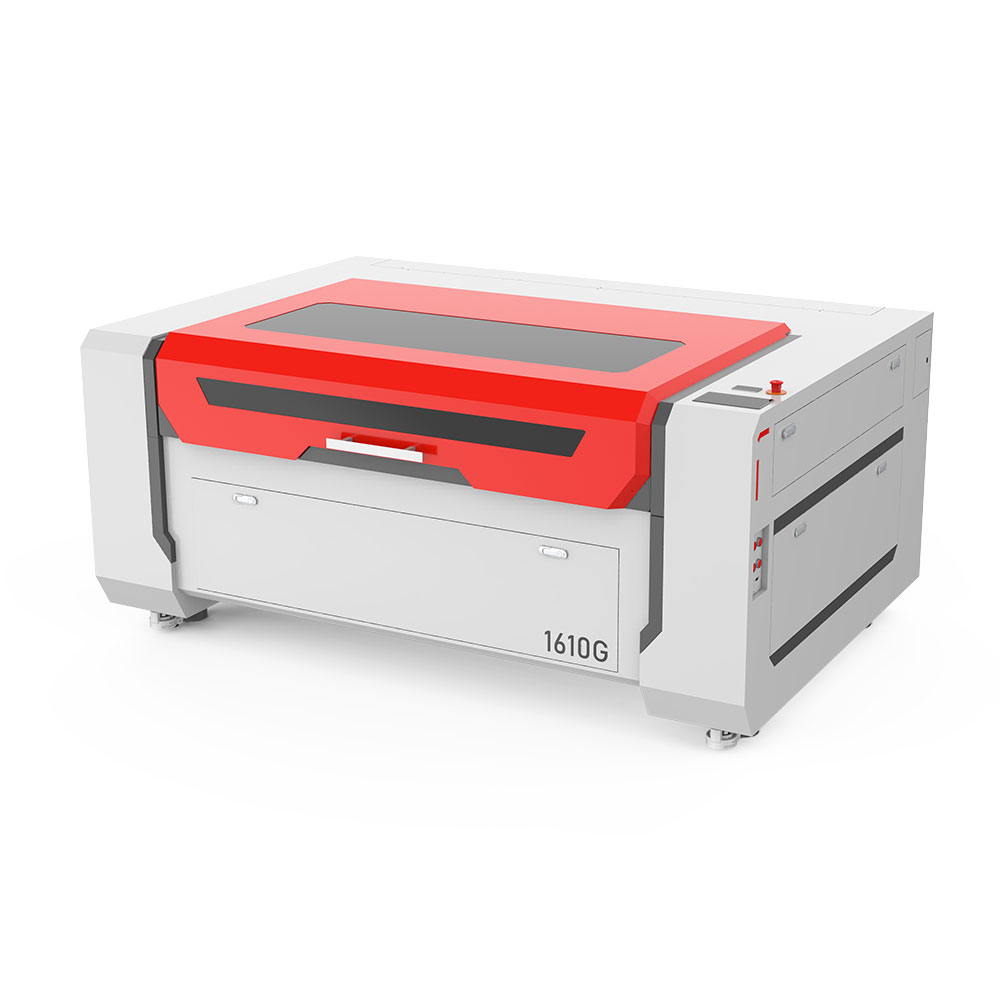
How CO2 laser cutting can help your density board business
CO2 laser cutting technology offers significant advantages for businesses that work with density boards, such as Medium Density Fiberboard (MDF). This technology enhances the efficiency,

In the field of manufacturing and industrial applications, laser welding has emerged as a versatile and efficient method for joining materials. Laser welding machines are available in different types, with CO2 and fiber lasers being two popular options. Both technologies offer unique advantages and are suitable for various applications. In this article, we will compare CO2 and fiber lasers, highlighting their differences, benefits, and specific use cases.

Laser welding machines utilize high-energy laser beams to melt and fuse materials together. They offer several advantages over traditional welding methods, such as precise control, minimal distortion, and the ability to weld complex geometries. Laser welding machines are widely used in industries such as automotive, aerospace, electronics, and medical devices.

CO2 lasers use a gas mixture, typically carbon dioxide, nitrogen, and helium, to generate a laser beam. The laser beam is produced by exciting the gas molecules with an electrical discharge. The CO2 laser emits infrared radiation, which is well-suited for metal welding applications.
Fiber lasers employ an optical fiber as the laser medium to generate the laser beam. The fiber is doped with rare-earth elements, such as ytterbium or erbium, which provide the necessary energy amplification. Fiber lasers emit a concentrated beam of light, making them ideal for high-precision applications.

When selecting a laser welding machine, several factors should be considered:
Evaluate the materials you plan to weld and ensure they are compatible with the laser technology you choose.
Consider the power requirements of your application and assess the energy efficiency of the laser welding machine.
Factor in the maintenance and operating costs associated with the laser technology, including consumables, spare parts, and service requirements.
Determine the required level of precision and welding speed for your application and select a laser machine that meets those specifications.
Consider the environmental impact of the laser technology, including factors such as energy consumption and emissions.
CO2 and fiber lasers are both valuable tools in laser welding, each offering distinct advantages. CO2 lasers are versatile, cost-effective, and suitable for a wide range of materials. On the other hand, fiber lasers provide excellent beam quality, efficiency, and are ideal for precision applications. When choosing between the two, consider your specific requirements, materials, and long-term cost considerations.

CO2 laser cutting technology offers significant advantages for businesses that work with density boards, such as Medium Density Fiberboard (MDF). This technology enhances the efficiency,

CO2 laser cutting technology has gained significant traction in various industries, particularly in the processing of glass materials. This method is particularly effective for cutting

The environmental benefits of using small laser welding machines are significant and multifaceted. These advanced machines not only enhance productivity but also contribute to a

CO2 laser cutting machines have profoundly transformed the furniture industry by increasing efficiency, precision, and design possibilities. These machines employ high-intensity laser beams to cut,

Acrylic is a widely used thermoplastic known for its optical clarity and versatility in various applications, from signage to intricate designs. The CO2 laser cutting

CO2 laser cutting has revolutionized the glass and stone industry, offering unprecedented precision, efficiency, and versatility in material processing. This technology utilizes a high-powered laser
JQ LASER 2006 All rights reserved.
You will be responsed by our sales team very soon !
Наш отдел продаж ответит вам очень скоро!
¡Nuestro equipo de ventas le responderá muy pronto!
You will be responsed by our sales team very soon !